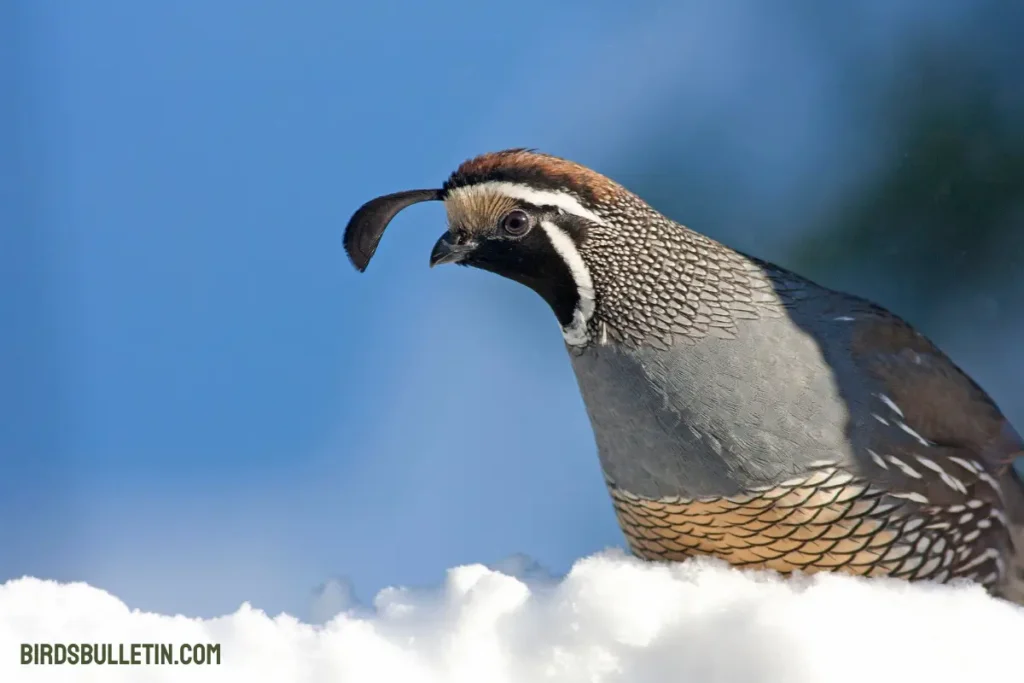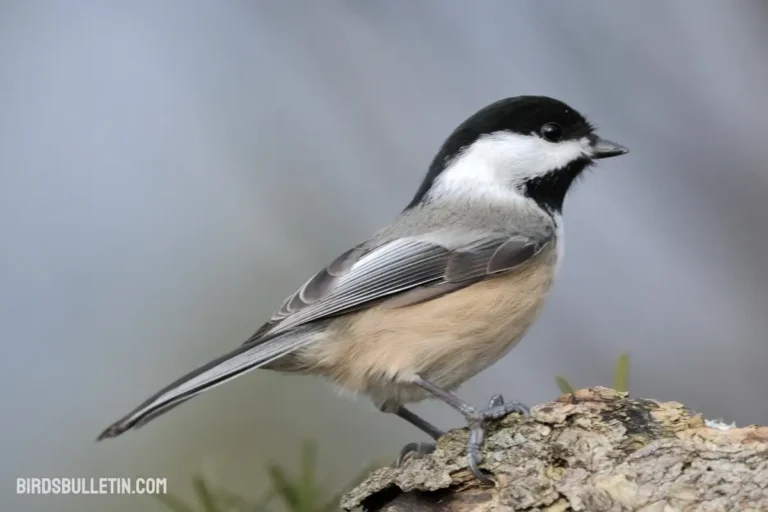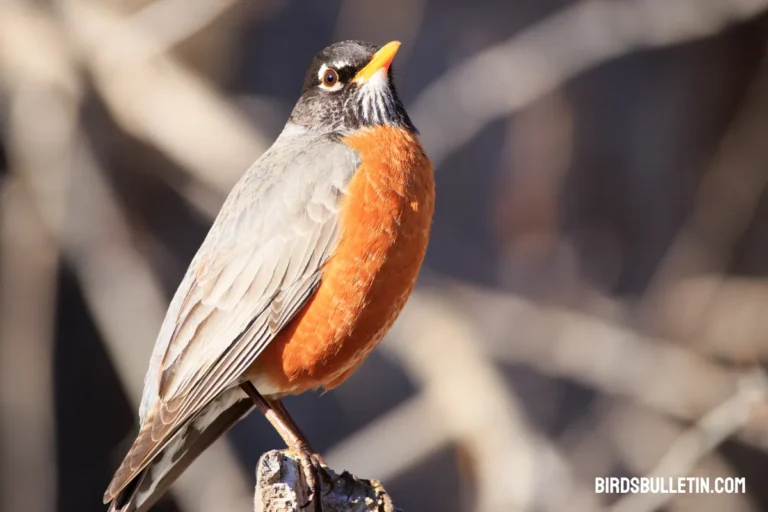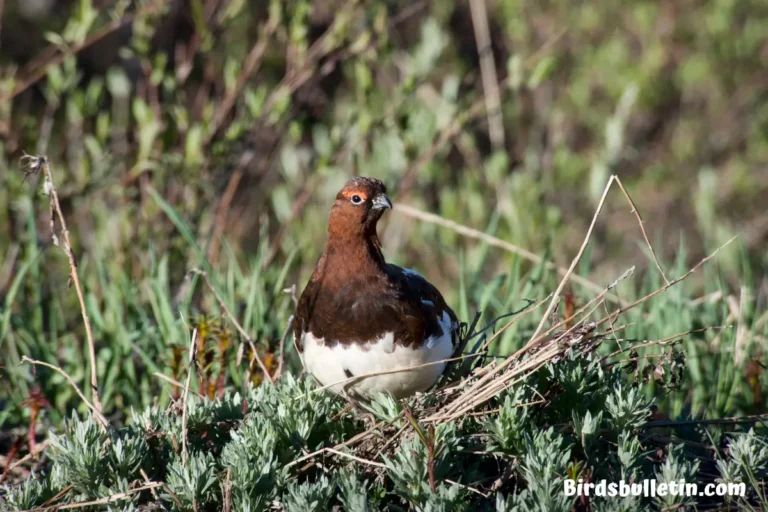Callipepla Californica Catalinensis
This subspecies known as the Santa Catalina quail, is a subspecies endemic to Santa Catalina Island off the coast of southern California.
First described in 1906, it is isolated from mainland California quail populations. It inhabits the island’s scrub and woodland. Though still locally common, its limited range makes conservation efforts important.
Looking for more overview about bird subspecies:
Scientific Classification
- Kingdom: Animalia
- Phylum: Chordata
- Class: Aves
- Order: Galliformes
- Family: Odontophoridae
- Genus: Callipepla
- Species: Californica
- Subspecies: Canfieldae (Van Rossem, 1939)

Identification
Similar in appearance to other California quail subspecies. It has a gray underside, brown back, black face outlined in white, and a forward curving head plume. Males have a black throat. It is slightly smaller in size than the mainland subspecies.
Location
Endemic to Santa Catalina Island located off the coast of southern California. Occurs across the island’s scrub and woodland habitats.
Interesting Facts
- Isolated on Santa Catalina Island for thousands of years from mainland populations.
- Forms coveys in winter outside of breeding season.
- Male establishes breeding territory in spring with whistle calls and attracts females.
- Nests on the ground in a concealed shallow depression lined with grasses.
- Forages on seeds, berries, leaves, buds, and some insects. Needs water access.
Status
C. c. catalinensis is restricted to Santa Catalina Island. Population likely less than 10,000 mature individuals. Development and invasive species pose threats. Listed as Near Threatened on the IUCN Red List.
Conservation of Natural Habitat
Threats include habitat loss from urbanization and introduced herbivores degrading native vegetation. Protecting habitat and controlling invasive species are key conservation needs. Providing supplemental food and water sources may help populations persist.
Frequently Asked Questions
01. Why is the Santa Catalina quail threatened?
This subspecies is threatened primarily by habitat destruction from urban development on Santa Catalina Island as well as browsing and grazing pressures from introduced herbivores.
02. How does this quail differ from mainland California quail?
The Santa Catalina quail has been isolated from mainland California quail for thousands of years. It is slightly smaller in size and has some subtle physical differences.
03. What efforts would help conserve this subspecies?
Protecting the remaining habitat from further development is crucial. Controlling invasive herbivores, replanting native vegetation, and monitoring populations would also help conservation efforts.
Summary
The Santa Catalina quail is an insular subspecies found only on Santa Catalina Island off southern California. Its small population size and restricted range make it vulnerable to habitat loss from development and invasive species.
Conservation efforts focused on protecting habitat, controlling invasives, and population monitoring are needed to preserve this unique island quail. Maintaining its genetic integrity by isolation from mainland quail is also a consideration for management.







